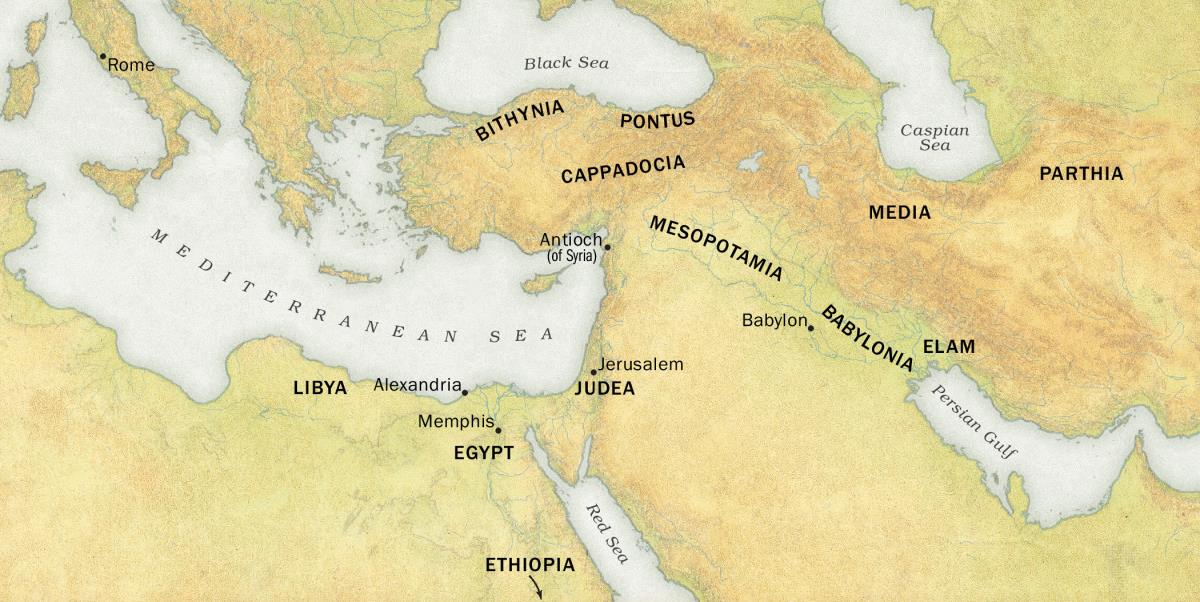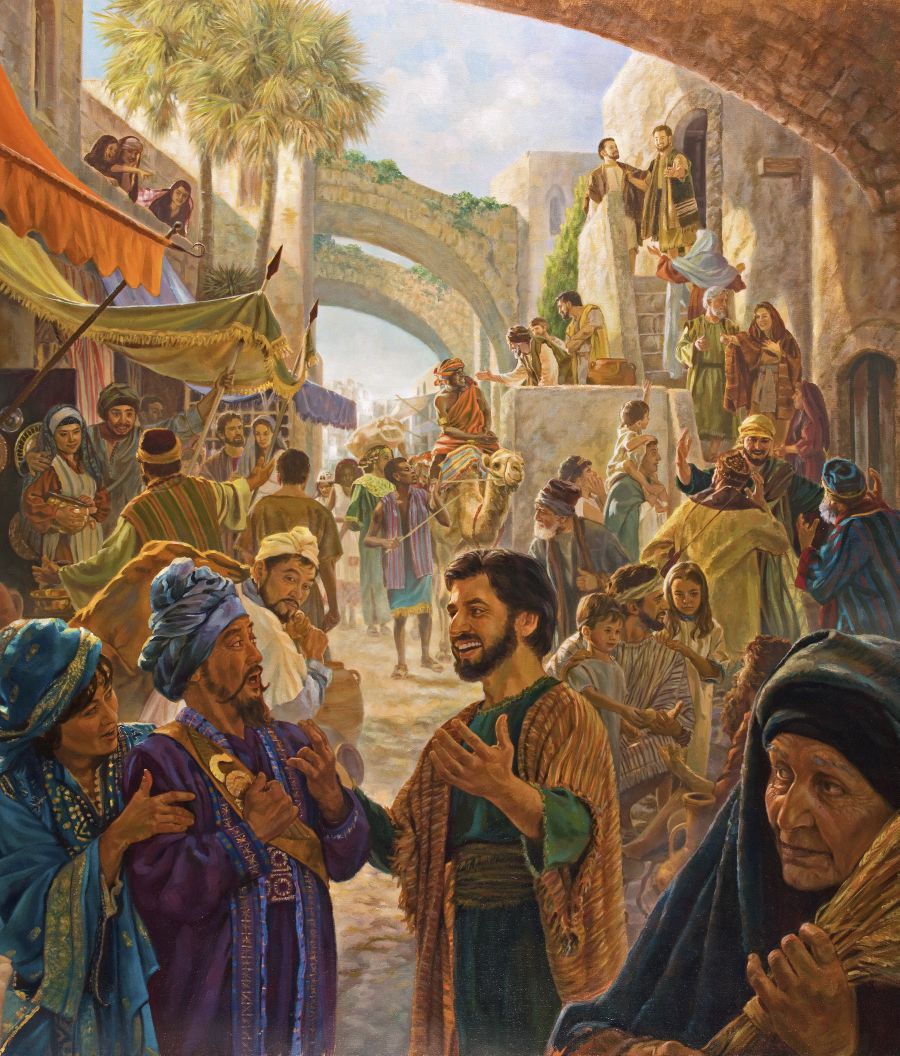Pentecost erein bị yalịyalị tẹmẹ bị kịmịsẹ asụọ mị teeki paa ma o?
1. Pentecost erein timi bara gbaa.
Beke a goo, [Pidgin West Africa]

2. Te tamama yeama kị Pentecost 33 C.E. bọọ paa ma o?
2 Beke a goo, [Pidgin West Africa]
3. (a) Tetuu kị duonị, Pentecost 33 C.E. yelaa erein a paa gesii karịbụọ pịrị ma o? (b) Peter Pentecost bọọ gbaa egberibo te “fomuun” kị mịẹpaamọ ma o?
3 Beke a goo, [Pidgin West Africa]
“Kịmịsẹ Bo Kẹnị Yọ Ka Bẹnịị Mị” (Acts 2:1-4)
4. Wó ifie Christtuuduo-otu itu mọ pentecost 33 C.E. bọọ mịẹpaamọ itu mọ tebara ka kị lei emi a o?
4 Beke a goo, [Pidgin West Africa]
5. Te arereama kị itu mọ kẹnịsụọmọ wẹnịmịnị bolou bọọ emi a o?
5 Beke a goo, [Pidgin West Africa]
6, 7. Beitịẹkiri mị, Christtuuduo-otubo tebara ka kị egberigbaa fịrịwẹnị beinmọ mịnị a o?
6 Beke a goo, [Pidgin West Africa]
7 Beke a goo, [Pidgin West Africa]
8. Itu mị te baratụa pịrịye ka kị wó pịrịmịnị a o?
8 Beke a goo, [Pidgin West Africa]
“Kịmịsẹ Anị Bẹlị Ka . . . Kị Egberibo Naa Mị” (Acts 2:5-13)

“We hear them speaking in our languages about the magnificent things of God.”—Acts 2:11
9, 10. Zụa otuama tebara ka kị angọ mịẹpaamọ wẹrị egberigbaa zịnị bẹlịfie mịnị otu pịrị mịnị a o?
9 Beke a goo, [Pidgin West Africa]
10 Beke a goo, [Pidgin West Africa]
11. Omịnị tebara ka kị angọtọlọmọ wẹrị Daabụọ ebi egberigbaa zịnị bẹlịfie mịnị kịmịama pịrị a paa emi a o?
11 Beke a goo, [Pidgin West Africa]
“Peter Seritịẹ Mị” (Acts 2:14-37)
12. (a) Bụrụ-owei Joel gbaa yebị tebara ka kị Pentecost 33 C.E. bọọ paabein ma o? (b) Tetuu kị duonị, bọlọụ-Christtuuduo-otubo, mị bụrụ-egberi paabeinmụ ifie korutimi ma o?
12 Beke a goo, [Pidgin West Africa]
13, 14. Peter tebara ka kị angọtụa wẹrị egberigbaa kịmịotu adụdụ gbele ma o, omịnị bá tebara ka kị ụ dimịẹ a paa emia o?
13 Beke a goo, [Pidgin West Africa]
14 Beke a goo, [Pidgin West Africa]
“Kịmịsẹ Benibile” (Acts 2:38-47)
15. (a) Peter teeki gbaa ma, bá teeki paa ma o? (b) Tetuu kị duonị, biin kịmịama bịsẹ erein bọọ laa benibile ma o?
15 Beke a goo, [Pidgin West Africa]
16. Bọlọụ Christtuuduo-otubo tebara ka kị bara finimọ inyenrinbụọ mịẹdịa ma o?
16 Beke a goo, [Pidgin West Africa]
17. Kịmị teyeama kị mịẹ dẹkị laa benibile a paa emi a o?
17 Beke a goo, [Pidgin West Africa]
18. Benibiledẹ Christtuuduo-otubo te fomuun kị nana wẹrị emi a o?
18 Beke a goo, [Pidgin West Africa]